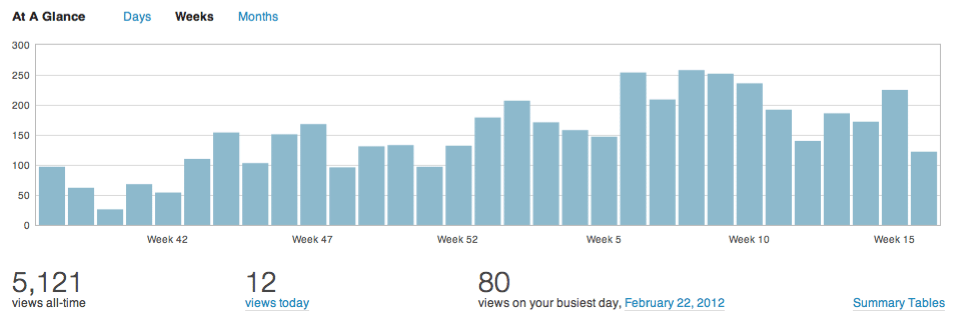A first rule in business is “Listen to Your Customer.” Good businesses are good listeners . . . and amazing responders.
The Church can learn from this.
Every time we are tempted to think we know what’s best for the people we hope will support our churches we should stop dead in our tracks and ask, “Is our ministry driven by their needs or by our needs.”
Are we listening?
Listening is humbling. It is admitting we don’t have all the answers.
We want people to accept us just as we are. That’s natural.
Strangers to church are looking for the same acceptance. We are equally needy.
And so we are on a treadmill. The Church keeps on churning out variations on the same themes, done pretty much the same way, by the same people . . . with the same results.
What we have is cinema’s iconic “failure to communicate.”
When people care enough to tell us exactly why the church has turned them off, we owe it to them to listen — not in a patronizing way. “Poor souls! They just don’t know how wrong they are.”
When we don’t listen, we don’t know what we are missing.
The modern church needs to listen to modern people. If people are talking to us at all, that’s a sign that they care. If all we do is nod our heads and then criticize them as soon as their backs are turned, we will never be able to reach them.
And they will have proved their point.
An argument is always that we are not of the world. We are here to transform others—to follow the way. However, we are hoping to reach people who are of this world. God sent his Son from heaven to come to earth to be like us, to suffer and die. The only reason He had was that He cared about us. That’s how He approached transformation. The least we can do is listen.
Listen to objections. Find ways to overcome objections. Look for ways to help the entire congregation overcome objections.
Of course, some of the objections are nothing more than excuses. Keep listening until you find the real reason people prefer separation from God’s people.
You’ll be demonstrating that you care.










